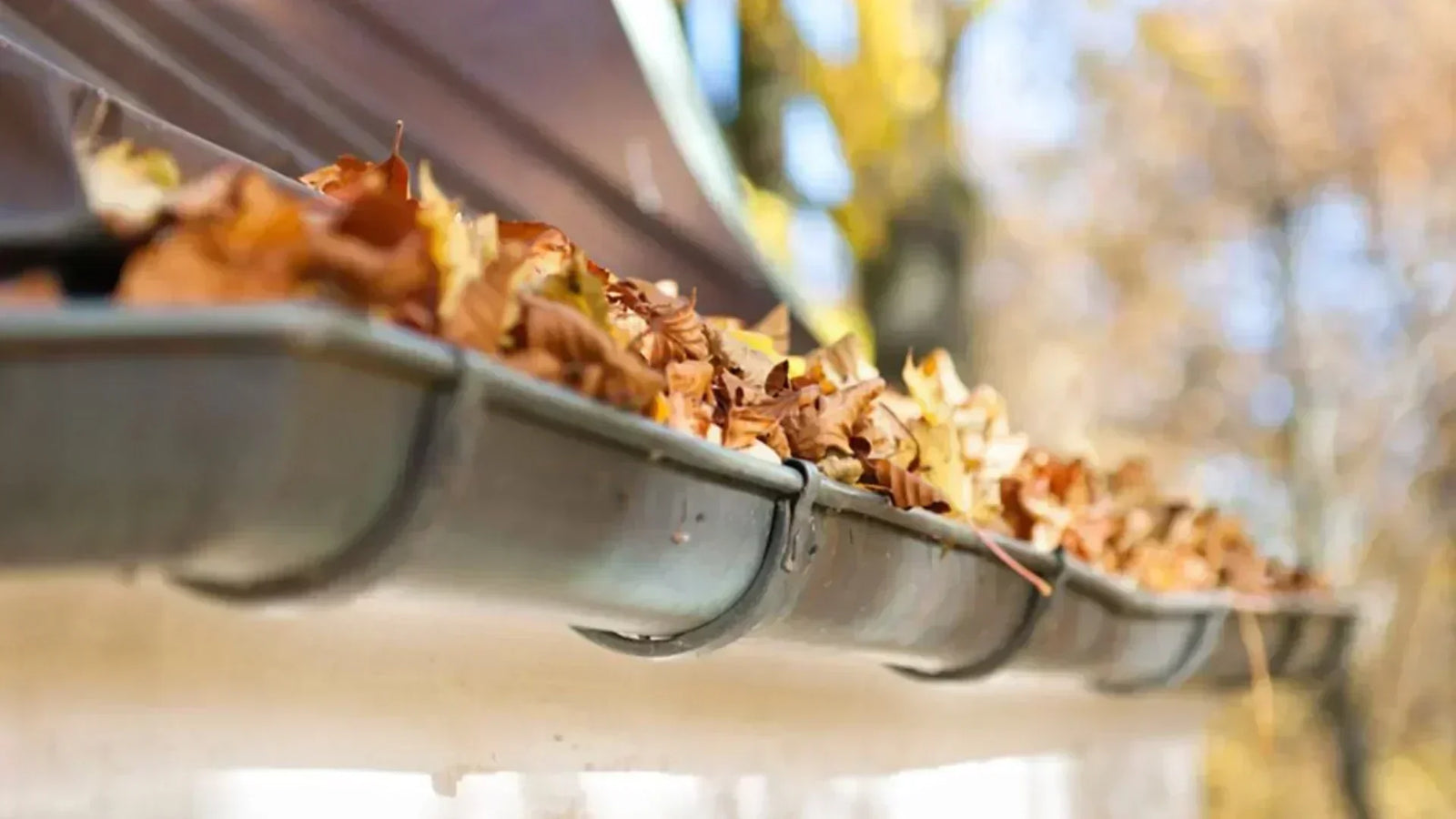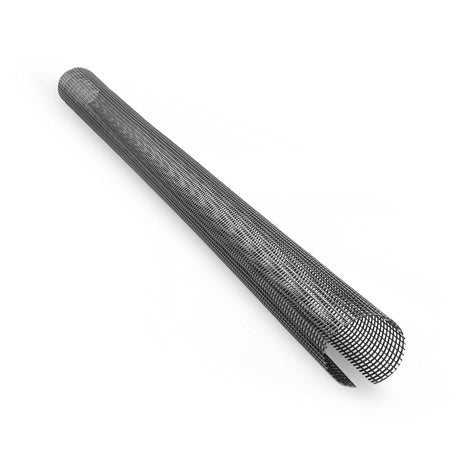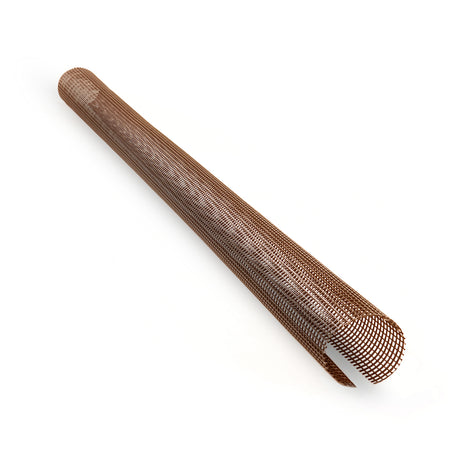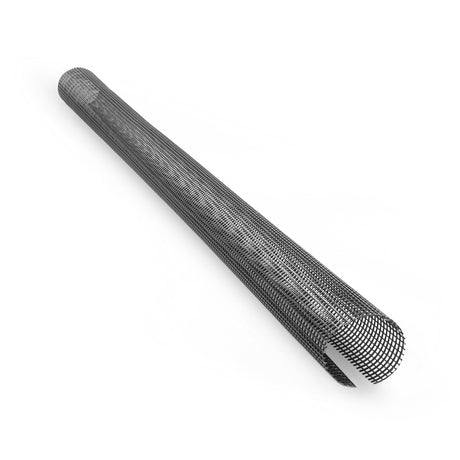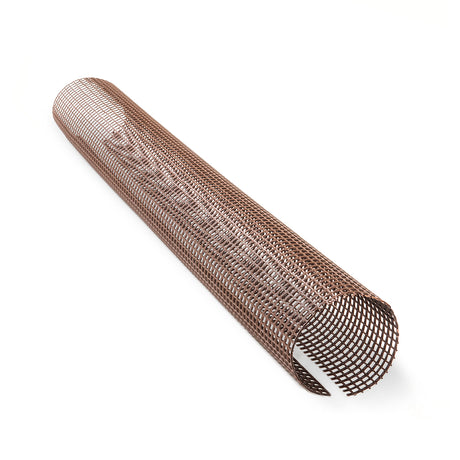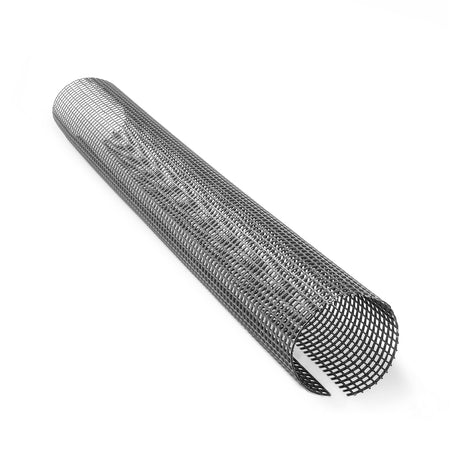Autumn is known for its colorful leaves falling from the trees. But this picturesque time of year also has a less pleasant side: gutters quickly fill with leaves and debris. To prevent these debris from impairing the gutters' function and allowing rainwater to drain away unhindered, gutter guards are an effective solution.
Cleaning and preparing the gutters
Before gutter guards can be installed, it is important that the gutters are effectively cleaned, meaning they are thoroughly cleared of leaves and debris. The first step is gaining access to the roof. If the roof can be reached safely using a ladder and you are not afraid of heights, you can begin cleaning. It is of utmost importance that the ladder is stable and secure. Ideally, a second person should be present for safety to prevent accidents. Gutter cleaning begins with the careful removal of coarse debris and leaves, paying particular attention to keeping the downpipe clear. This is important to prevent blockages in the gutter and to ensure that rainwater can drain away unhindered. Once the coarse debris has been removed, a hand broom or special brush is used to sweep finer debris from the gutters. The downpipe is then cleaned with a special drain cleaning brush. This is inserted into the top opening of the downpipe and pushed downwards with a rotating motion to loosen any blockages, which can then be flushed out with water. This process is crucial for preventing water backups and the resulting damage to your building. Regular cleaning and maintenance can ensure your gutters function effectively even during stormy autumn days.
Installation of leaf guards
After cleaning, the leaf guards can be inserted into the gutters. These round grilles are placed in the gutters with the opening facing down. To prevent the grilles from slipping, it is advisable to slot them together slightly and, if necessary, secure them with cable ties. The curvature of the grilles prevents leaves and debris from accumulating in the gutters. Instead, the leaves are simply blown or washed off the roof in wind and rain. The leaf guards are available in various sizes, including 100-125 mm and 125-150 mm versions, making them suitable for almost all standard gutters. Installing the grilles ensures that rainwater can drain freely and prevents damage from pooling and blockages. It is also important to choose the right type of gutter guard to meet the specific conditions of your site. Plastic grilles are lightweight and easy to install. Regardless of the material, the grilles provide a robust barrier against leaves and debris. Before installing the grates, make sure the gutters are clean and free of any debris. A properly executed installation will ensure years of protection and make regular gutter maintenance much easier. With the right measures in place, you can enter the fall season with peace of mind, without having to worry about clogged or overflowing gutters.
Maintenance and long-term care
It is important to regularly check and maintain gutters to ensure they are free of blockages. Even after the guards have been installed, the gutters should be inspected at least once a year to ensure optimal functionality. This regular maintenance plays a crucial role in preventing water backup and the associated damage to your home. Examples of damage that can occur from a blocked gutter and downflowing water include: facade damage, window or deck damage, water damage inside the house, and a damp basement. Inspections should ideally be carried out in spring and autumn to ensure the gutters are free of debris after the leaf-bearing months and before winter conditions set in. During these inspections, it is important to thoroughly remove any debris and check the integrity of the gutter guards. Any damaged or loose parts should be replaced or repaired promptly to ensure continued protective function.
Summary:
- Secure access to the roof. If you use a ladder, it is important that it is stable and secure and that a second person secures the ladder.
- Clean the gutter thoroughly and remove any leaves and dirt.
- Clean the downpipe using a pipe cleaning brush so that any stuck leaves can be rinsed out with water and the downpipe is clear.
- Insert the leaf guard into the gutter with the opening facing downwards to prevent the grilles from slipping, insert the grilles slightly into each other and secure them with cable ties if necessary.
By following these simple yet essential steps, you can ensure your gutters perform optimally year-round. A well-maintained gutter not only protects against water problems but also helps preserve the exterior appearance of your home.
Do you need leaf guards for your home? In our shop , you'll find our HaGa® leaf guards in sizes 125–150 mm and 100–125 mm, and in lengths of 1 m and 2 m. Do you need additional accessories for your garden? You're sure to find what you're looking for here. Visit us at HaGa-Welt.de.
Good luck with your gardening!
Please watch our instructional video.
